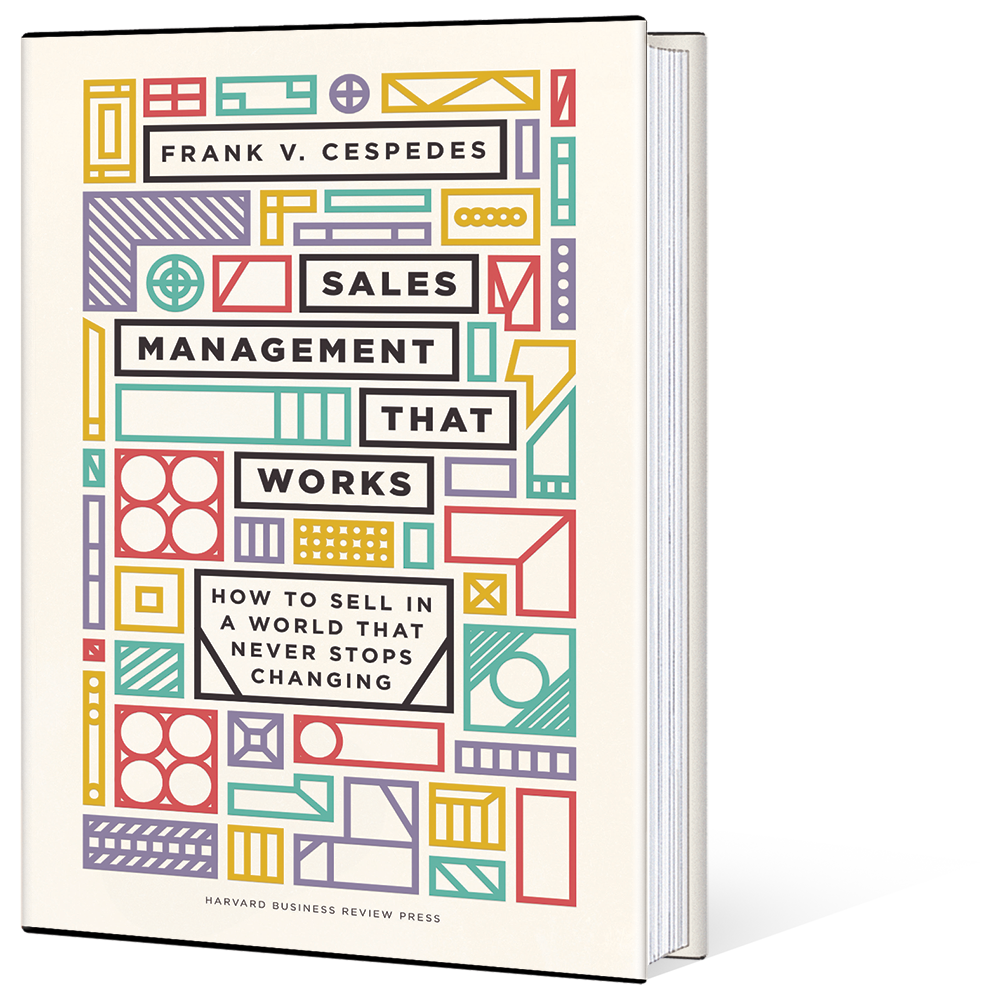Note: This article first appeared on Training Industry, available here.
Companies spend more per capita on sales training than any other function, but the return on investment (ROI) is disappointing. A recent Training Industry article indicates “that 85-90% of sales training fails to translate into a lasting improvement in productivity.” One big reason is altered business-development requirements in a changing economy.
For decades, selling was framed in terms of moving a prospect from awareness to interest to desire to action. The attention-interest-desire-action (AIDA) formula and its variants are the basis (often, the unconscious basis) for the “pipeline” or “funnel” activities that dominate talk about sales in books, blogs and training sessions. But buying in most markets is now a dynamic, omni-channel process, not a linear funnel. Prospects are online and offline at multiple times during buying journeys, contacting influencers, web sites and buyer forums as well as sales reps. Understanding where customers are, how they navigate information streams in your market and when to interact with them appropriately is now central to effective selling.
To prepare salespeople for a changed economy, start by recognizing these core requirements and how learning and development (L&D) professionals can add value in each area.
Execute Your Firm’s Strategy, Not a Methodology
Sales effectiveness is a function of the tasks inherent in a firm’s strategic choices, and this has training implications.
Chasing “best practices” can be counterproductive because, even in the same industry, firms make different choices about target segments and their value proposition for customers. How often do “stars” hired from a competitor not perform here the way they did there? Those people didn’t suddenly get stupid or lose their capabilities. Rather, stardom is not easily portable because, as Boris Groysberg writes in his book “Chasing Stars: The Myth of Talent and Portability of Performance,” so much of selling depends upon company-specific tasks, knowledge, and reps’ internal relationships as well as their external customer-contact skills.
And with any strategy, most salespeople deal with diverse buying criteria at multiple accounts, while training firms have an incentive to apply their approach everywhere. The need for adaptive selling — the ability to alter behaviors according to the nature of the customer — is increasing in an omni-channel economy. In an early-stage tech market, for example, customer education and applications development are often key sales tasks. But as the market develops and standards emerge, reps spend more time selling against functionally equivalent products, developing third-party relationships and emphasizing post-sale services.
A sales methodology can help accelerate certain learnings and establish common metrics. But sales training must be a process that responds to ongoing market developments, not an event. The same methodology is rarely relevant across situations as salespeople deal with new products, new competitors and changing buyers and influencers at their accounts.
Yet, because so many other resource allocation decisions in firms depend upon sales forecasts and the ability to meet those forecasts, change is always difficult for sales leaders facing short-term metrics. Transition costs are real, it takes time to develop people, and so there is a natural tendency to stick with the devil you know, despite changes in buying. Hence, the allure of methodologies that purport to provide “the playbook,” “predictable revenue,” or “a repeatable cadence.” In a changing economy, L&D professionals are often in a better position than quota-driven sales managers to evaluate a methodology’s continuing uses and limits.
Link Sales Training With Enterprise Value
The goal of any sales strategy is profitable growth, meaning economic value above the firm’s cost of capital — a cost that increases as interest rates increase. Two key ways to increase enterprise value are investing in projects that earn more than their cost of capital and reducing the financial capital required for growth. Sales activities affect both.
Projects in most firms are driven by revenue-seeking initiatives with customers. Hence, the customer-selection criteria used in sales impact which projects the firm invests in. Similarly, financing needs are driven by the cash on hand and the working capital required by the business. Most often, the biggest driver of cash-out and cash-in is the selling cycle. Accounts payables accumulate during selling, and accounts receivables are largely determined by what’s sold, how fast and at what price. Especially in inflationary environments, training that increases close rates and accelerates selling cycles is a strategic issue, not only a sales management task.
Growth initiatives without attention to these factors are at best limited and, at worst, C-level rhetoric disconnected from actual customer interactions. Most sales training occurs in a silo. But L&D can help to integrate sales training with drivers of enterprise value and avoid selling activities that erode the company’s value.
Changes in business-development requirements always have wider organizational implications and are at the heart of many challenges confronting firms: how to develop talent that can respond flexibly but coherently to changing buying processes; how to encourage cross-functional alignment without destroying necessary functional expertise and accountability; how to improve training ROI in a changing economy. In a subsequent article, we’ll look at ways that engagement between sales and L&D professionals, completed by smart use of new tech tools, can help firms do this.

